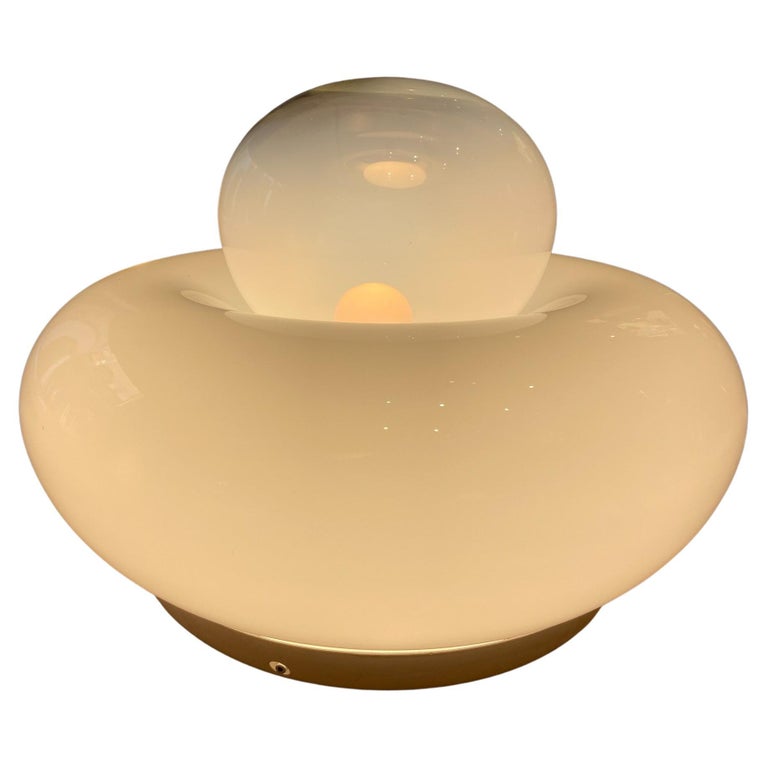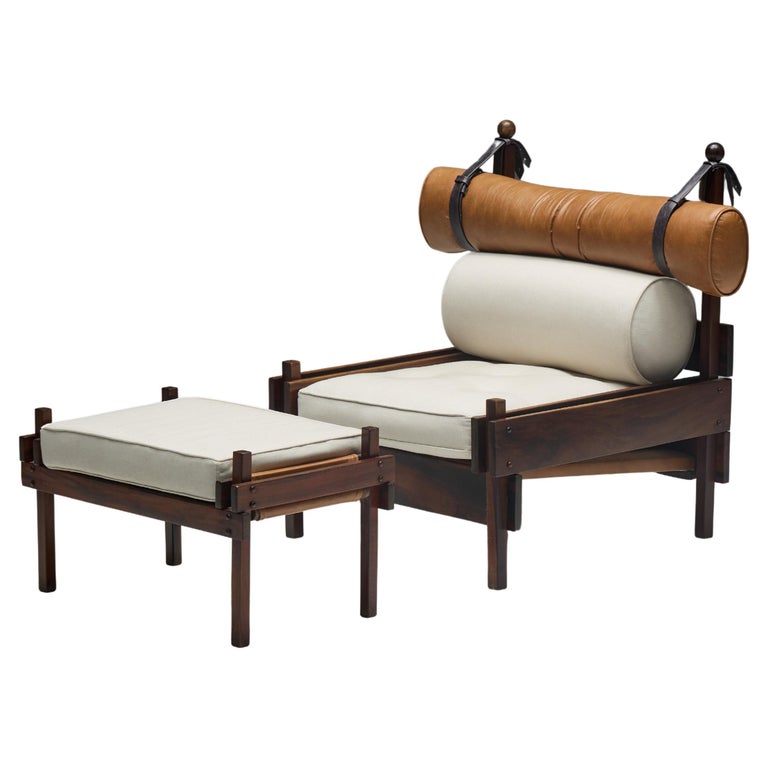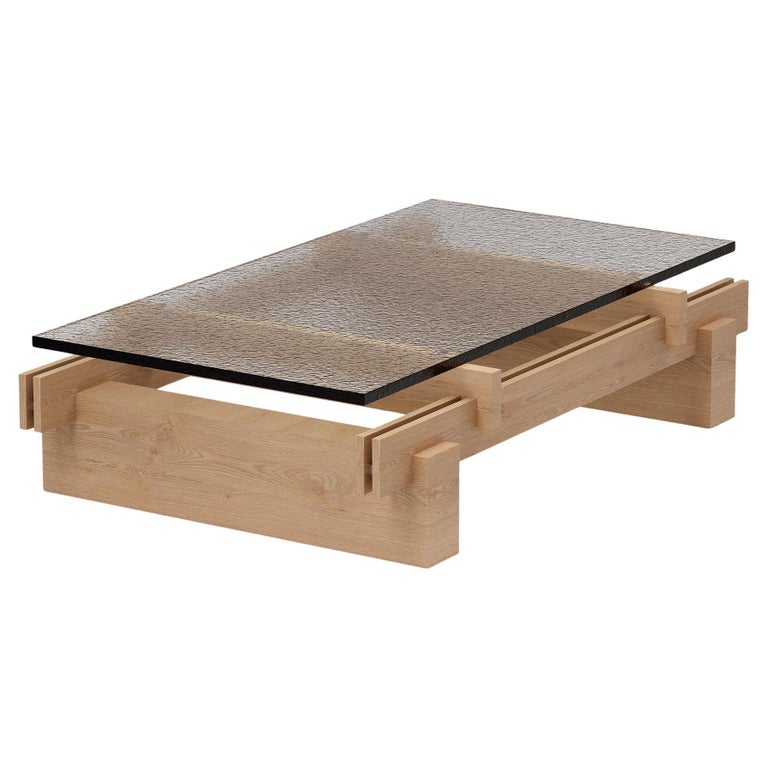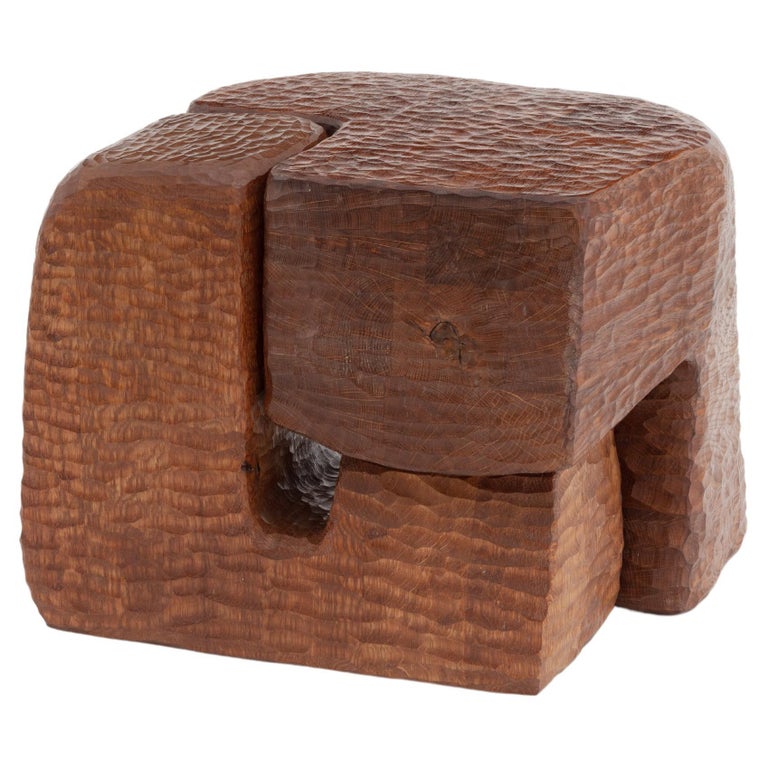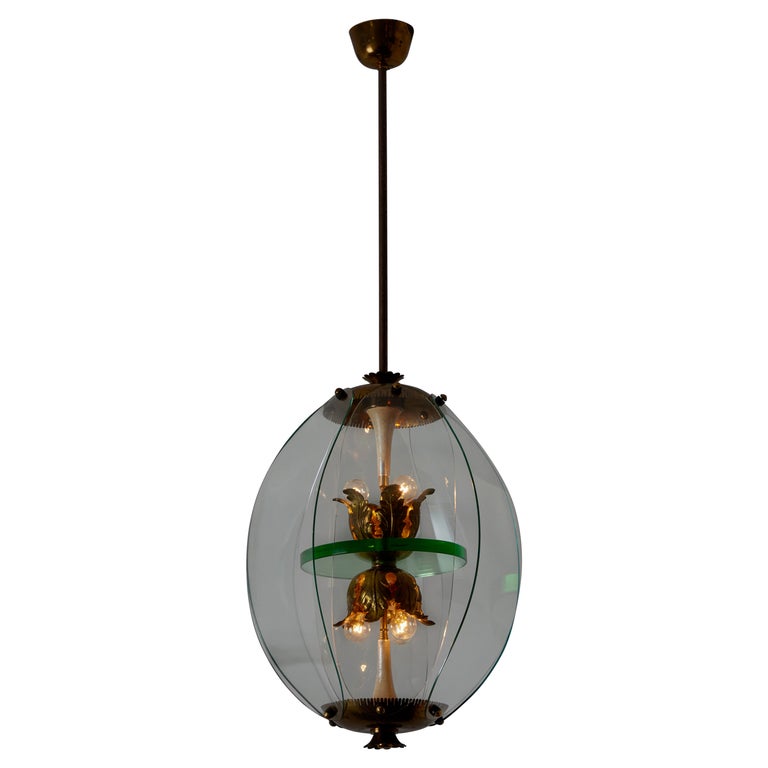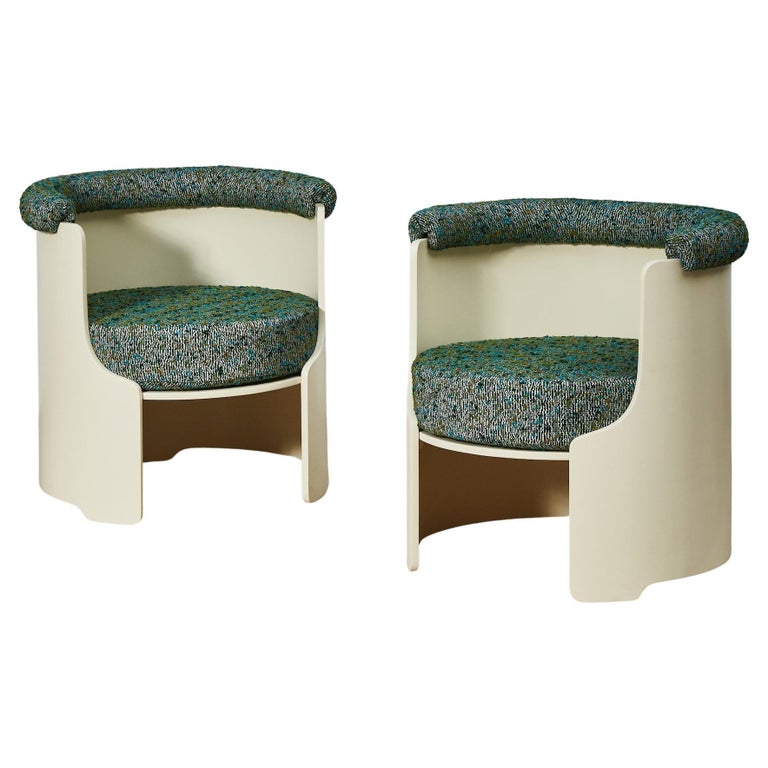July 13, 2025“The eye has to travel,” the legendary fashion editor Diana Vreeland famously used to say, and when you see the interiors of designer Susannah Holmberg, you understand why. There’s a cosmopolitan complexity to Holmberg’s work that is as convivial as it is original. Rooms abound with shapes, patterns, textures and tones that delight the eye with diverting nods to far-flung lands and earlier eras while remaining very much rooted in the here and now.
Holmberg’s own wanderlust began early. The Baltimore native recalls a seminal family trip to Japan when she was seven. By her mid-20s, she had toured Morocco, trekked around India and sojourned in Nepal, France and Spain. “Whether it’s living in a mud hut or a five-star hotel, I love to absorb and soak it all in,” says the consummate explorer.

So, it’s fitting that Holmberg arrived at interior design as a profession in a roundabout way. At Barnard, she majored in English and minored in art history. It was only toward the end of her studies that she took a few fine-art classes. “And that was like, ‘Oh, this is what I want to be doing,’ ” she recalls. “It was a true liberal arts education,” she adds, laughing, “because I parlayed my English major into something else.”
That something else eventually led her to the MFA painting program at Baltimore’s Maryland Institute College of Art. Once enrolled, however, she began experimenting with installation, sculpture, video and photography, ultimately graduating with a degree in mixed media.
A few years later, married and with a small child, Holmberg and her family paid a visit to her brother-in-law, a mountain climber, who had moved to Salt Lake City. They were struck by the beauty of the city’s natural surroundings and what she calls “the cool group of expats” who’d relocated from coastal metropolises to this under-the-radar but fast-growing, now minority-Mormon metropolis. She decided to join them.

Since her arrival, this once globe-trotting artist has morphed into a pioneering interior designer, with her eponymous studio gently advancing Utah’s stylistic frontiers in addition to taking on projects elsewhere in the States. “There isn’t the same design lexicon here that is spoken on the coasts,” Holmberg says. “It’s really fun to introduce it.”
Still, many of her clients have been those “expats,” or out-of-town second-home buyers, fluent in her language. Among them was a Hollywood power couple who commissioned her to design the interior of their getaway in the nearby mountain resort town of Park City.

Surprisingly, the couple’s haven is situated not on some mountain ridge but on an urban corner lot, on a street that happens to sit on the metropolitan bus route to the ski slopes. Although they were attracted to the convenience of the location, the architecture of the home — a clunky 1980s-era Western-style farmhouse — did not appeal. So Holmberg gutted much of the interior to improve the flow and overhaul the vibe.
Its inviting new look, which she calls “ski town minimalist,” was achieved by incorporating “a mix of interesting silhouettes and cool vintage pieces, while keeping the palette organic and uncluttered.”

For all her decorative flair, Holmberg is quite intellectual in her design approach. “It’s been interesting to understand what regionalism means,” she says, “and to make sure that this East Coast designer who moved to Salt Lake is creating something that is in conversation with Utah but also asking questions of what mountain design is.”
It’s a perspective that calls to mind Charlotte Perriand’s own interrogation — and revitalization — of that vernacular nearly 70 years ago with her modernist conception of the ski resort Les Arcs, in the Savoie, and her own Japanese-inflected wood-and-stone retreat nearby. Her iconic berger stool, created for that resort, was inspired by examples she’d seen hewn by local shepherds.

The Park City house is far larger and more luxe than Perriand’s chalet, but it too abounds with wide-ranging folk and rustic references. Consider the dining room, furnished with a custom hand-woven Berber rug and a set of walnut, iron and leather Monk chairs by Afra and Tobia Scarpa, a 1stDibs find; from circa 1974, the chairs were then a bold rebuttal to an Italian furniture industry enamored of plastic and polyurethane-foam seating. Similarly artisanal is the pendant globe that illuminates the room, hand-fashioned from abaca fiber and linen on a bronze frame.
According to Holmberg, Salt Lake has a few good vintage shops, but she sources most of her furnishings, accessories and art online or when traveling. What the area does have, she notes, is a host of talented artisans. She points to the locally produced fluid custom wood railing on the upstairs staircase and the totem-like legs on the kitchen island carved to her design.


It’s in the kitchen that her light but deft touch is on fullest display. By today’s standards, the space is relatively modest, but it’s all the couple required, as this house serves as an intimate haven, not an entertainment hub.
Holmberg’s limited alterations involved plastering the range hood, adding white-oak shelves and replacing the backsplash with one composed of hand-molded Moroccan zellige tiles. A pair of handmade Lostine pendant lamps and a Serge Mouille rotating-arm sconce, meanwhile, imbue the space with a quiet sophistication.

Among the other basic ways Holmberg enhanced the house’s sense of polish was by re-staining the orangey walnut floors to give them greater lightness and luster and swapping out the doors and windows at the front and back for more-refined multipane steel versions from Arcadia. She also brought some architectural distinction to the principal bedroom upstairs by cladding the nondescript beams in walnut to match the floors.
Neither Holmberg nor her clients were fans of the large bow window that dominates the living room, but eliminating it would have required a major architectural intervention. So instead, Holmberg literally cushioned the room’s awkward contour with a swanky modular couch of her own design upholstered in a taupe wool blend. Ivory-plaster-topped wood skipping-stone side tables from Sarah Sherman Samuel further soften the space, as does Jan Ekselius’s sculptural 1970 Etcetera lounge chair, another 1stDibs find.


In the principal bedroom suite, muted earthy hues prevail, making it a peaceful sanctuary. Here, though, the play of light on walls painted in a flat finish lends the space depth and luminosity, for an ambience that is exceptionally calming. This can be especially appreciated amid the organic forms and tactile textures of such furnishings as a reedition of a Greta Magnusson-Grossman lounge chair and Jonas Wagell’s contemporary floor lamp.
It’s not accidental that these designers are Scandinavian. After all, the vibe Holmberg has orchestrated for this house is definitely an elevated form of hygge. Which is why when she says she’s up for a job in Finland, it’s not at all surprising. She already speaks the design language.

